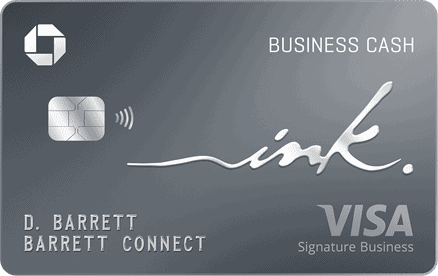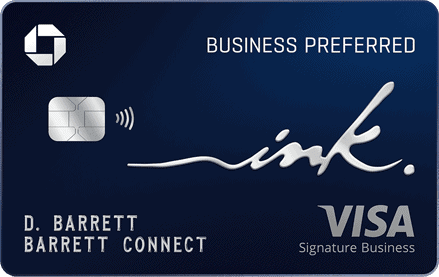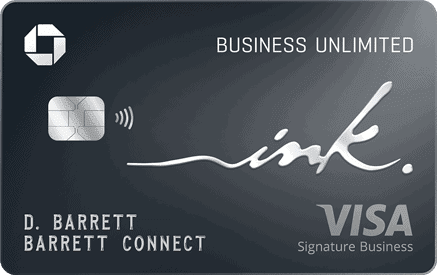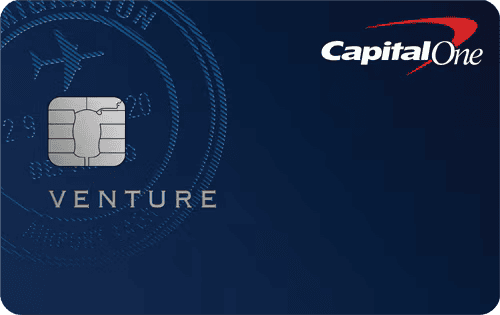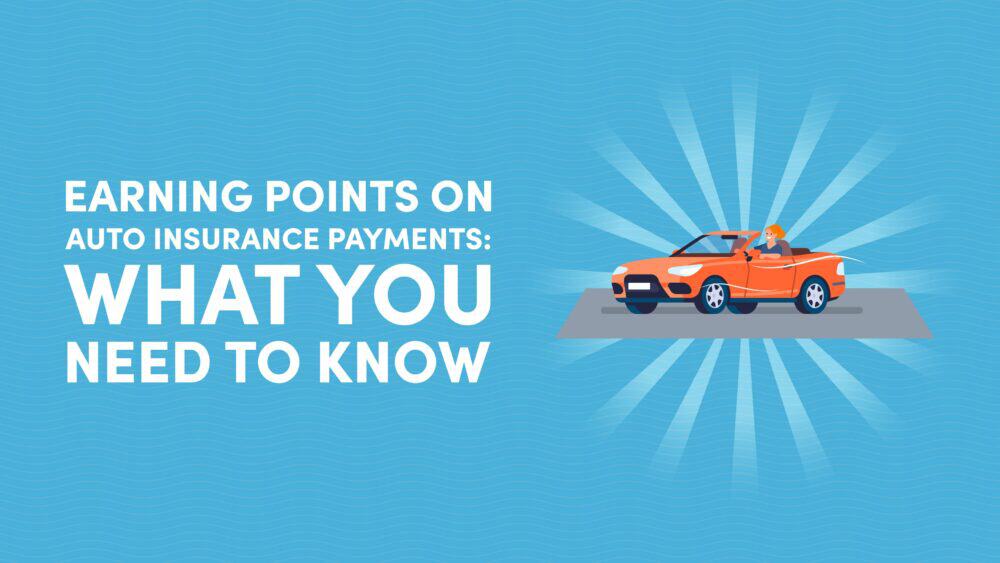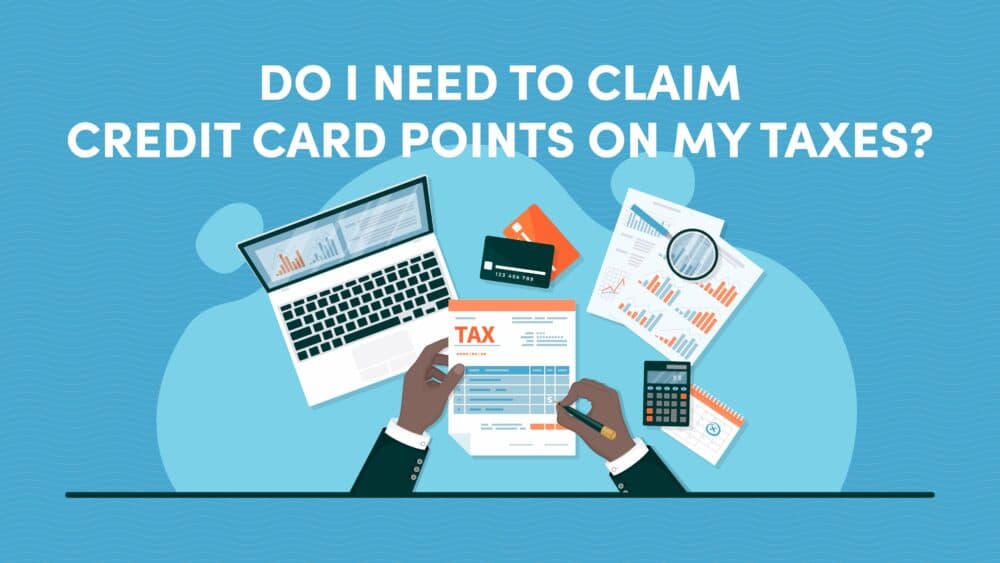
10xTravel is part of an affiliate sales network and receives compensation for sending traffic to partner sites, such as CreditCards.com. This compensation may impact how and where links appear on this site. This site does not include all financial companies or all available financial offers. Terms apply to American Express benefits and offers. Enrollment may be required for select American Express benefits and offers. Visit americanexpress.com to learn more. All values of Membership Rewards are assigned based on the assumption, experience and opinions of the 10xTravel team and represent an estimate and not an actual value of points. Estimated value is not a fixed value and may not be the typical value enjoyed by card members.
Note: Some of the offers mentioned below may have changed or may no longer be available. The content on this page is accurate as of the posting date; however, some of our partner offers may have expired. You can view current offers here.
Welcome bonuses are one of the most lucrative aspects of credit cards. They play a crucial role in any worthwhile credit card strategy and can be your key to unlocking point-funded travel more quickly.
Most welcome bonuses come with minimum spending requirements and a limited time-frame to hit them. These can range anywhere from $1,000 to $8,000, within a time-frame typically between three and six months.
Meeting minimum spending requirements doesn’t need to be difficult.
But without a plan, you could say goodbye to thousands—if not hundreds of thousands—of easy-to-earn points.
In this article, we’re going through the best ways to earn a welcome bonus without overspending. Many of the methods discussed here can also be employed for hitting other minimum spending thresholds, such as those required for earning the lucrative Southwest Companion Pass, a free night reward with a co-branded hotel card or the British Airways Companion Voucher, to name but a few.
Putting the Welcome Bonus in Perspective
Just how valuable is a typical welcome bonus?
Let’s say a card offers you a welcome bonus of 60,000 points after spending $3,000 within six months of opening the card.
If you manage to hit the minimum spending threshold, that means you’ve received a point-multiplier of 20X points per dollar spent on your $3,000. In some cases, you can find welcome bonuses with even greater value for your money. However, what you certainly won’t find is any card offering a bonus category point-multiplier of 20X points per dollar spent.
For this reason alone, you should make every effort to earn your new card’s welcome bonus.
However, it’s important to keep a few things in mind when it comes to earning your welcome bonus.
First, the time-frame in which to earn the welcome bonus begins as soon as you’re approved for the card, not when you receive it. You may immediately receive a digital version of the card to start spending with while you wait for the physical version to arrive.
Second, not all spending will count toward your minimum spending threshold. Paying annual fees and interest charges, loading prepaid cards and drawing cash advances typically don’t earn you points.
For those reasons, it’s crucial to plan your card application at a time that aligns with a period of naturally high qualifying expenditure.
Overspending to meet a welcome bonus is a recipe for disaster. It reduces your return value, and in the worst cases, could lead to late penalty fees and high interest charges if you can’t pay off your balance before its due date.
So it’s important to have the welcome bonus time-frame align with naturally high periods of expenditure. If holiday shopping season, tax season, a wedding or tuition fee payment is right around the corner, that could be the perfect time to open a new credit card. That way, your spending will go further, earning you a return in the form of points and miles that you can redeem toward your next vacation.
Turning inevitable expenses into lucrative travel rewards is what welcome bonuses are all about.

Pay Insurance
Insurance premiums are a great natural expense you can leverage to earn a welcome bonus. Instead of making monthly payments toward your insurance premium, you can pay your entire premium up front using a new credit card.
You can do it online or by calling your insurance company. Many types of insurance, including auto, medical, renter’s, business or umbrella insurance can be paid with a credit card.
When it comes to homeowners insurance, whether or not you can pay with a credit card depends on your mortgage and lender. If your mortgage is paid off, you might be able to pay your homeowners insurance using a credit card.
However, if your homeowners insurance is paid through an escrow account and is rolled into your monthly mortgage payment, it might be more difficult to pay with a credit card. In any case, it never hurts to call your mortgage provider and ask if you can remove the homeowners insurance from escrow.
Some insurance providers offer discounts when you opt for annual billing, so this can be a plus point too.
Pay Your Cell Phone Bill
You can usually pay your cell phone bill using a credit card. Some carriers even offer a discount and other incentives for enrolling in auto-pay and paying with a credit card.
The Chase Ink Business Cash® Credit Card is one of the best credit cards to use for paying your cell phone bill, as it earns 5X Ultimate Rewards points on phone services.* The Chase Ink Business Preferred® Credit Card earns 3X points on phone services.**
If your card offers cell phone protection and you charge your wireless bill to it, you’ll enjoy the added benefit of cell phone insurance. Some of the best cards for cell phone protection insurance will cover you for up to $1,000 per claim for damages or theft.
* 5% cash back on the first $25,000 spent in combined purchases at office supply stores and on internet, cable and phone services each account anniversary year.
** 3X points on the first $150,000 spent in combined purchases on: shipping purchases; advertising purchases made with social media sites and search engines; internet, cable and phone services; travel.
Chase Ink Business Cash® Credit Card
Earn $350
bonus cash back when you spend $3,000 on purchases
in the first three months and additional $400 when you spend $6,000 on purchases in the first six months after account opening
Chase Ink Business Preferred® Credit Card
90,000
bonus points
after you spend $8,000 on purchases in the first 3 months after account opening.
Annual Fee: $95

Pay Your Taxes
When that dreaded time of year comes around again, you could use the opportunity to take a big chunk out of your welcome bonus minimum spending requirement. In some cases, paying your taxes with a credit card could enable you to earn the welcome bonus outright.
However, you’ll need to consider whether it’s worth incurring the credit card processing fee that comes with paying your taxes.
IRS approved payment service providers such as payUSAtax, Pay1040 and ACI Payment, Inc. have fees ranging between 1.82% and 1.98% for credit card payments.
On a tax bill of $20,000, you’d be paying at least $364 in fees by using the cheapest provider. If you are thinking of going this route, you need to calculate whether you can offset the fees with the rewards earned on the welcome bonus.
For example, let’s say your card’s welcome bonus requires spending $3,000 to earn 60,000 points, and each point is worth $1 when redeemed. If you charged your $20,000 tax bill to your card, you’d earn 60,000 points on the first $3,000 spent and 17,000 points on the remaining $17,000 spent (assuming non-bonus category spending earns 1X point).
That means you’d earn a total of 77,000 points which equates to $770 when redeemed. However, you’d also incur $364 in fees. So your overall return value would be $406 worth of points.
In this case, charging your tax bill to your new credit card would still be worthwhile. Of course, you could potentially redeem your points for more. For instance, if you earn Chase Ultimate Rewards through the Chase Sapphire Reserve®, points can be worth significantly more when you redeem them for select premium travel through Chase Travel℠, with redemption values reaching up to 2 cents per point.
That being said, a better strategy is to split your tax payment across multiple cards. If you charge only the minimum spend required for the welcome bonus to your card, you can maximize your return value.
If we go back to our $20,000 tax bill example, charging just $3,000 worth of the bill to your card will incur fees of $54.60. That means your return value will be $545.40 ($600 – $54.60).
With the remaining $17,000 on your tax bill, you have a few options.
You could charge the rest to a debit card, incurring a flat fee of just $2.14 when you pay through payUSAtax. Alternatively, you could use this large expenditure to meet a minimum spending threshold for a different perk on another card. Your best bet will be spending toward companion certificates, free night rewards or elite status on co-branded airline and hotel cards.
For instance, you could use a Southwest business or personal card to pay the rest of your tax bill, gaining you progress toward the 135,000 Rapid Rewards points you need for the coveted Southwest Companion Pass. If you employ this strategy, be sure to pay your taxes as early as possible in January, giving you maximum usage out of the Southwest Companion Pass.
On the other hand, you could pay the rest of your bill with the Hilton Honors American Express Aspire Card, putting you closer to the $30,000 needed for a second free night reward or the $60,000 threshold required for a third free night reward.
Regardless of the exact strategy you pursue, paying your taxes with your credit card can pay off big time, even despite the fees. Likewise, keep in mind that credit card processing fees are tax deductible when paying business taxes, which can potentially unlock even greater return value.

Pay Bills with Plastiq
Plastiq is a bill pay service that allows you to use a credit card to pay someone who otherwise wouldn’t accept credit card payment.
Examples include daycare centers, landscapers, tuition fees and mortgage payments.
Paying bills with Plastiq is a very straightforward process. Plastiq charges your credit card and sends the provider a check.
However, Plastiq charges their own credit card processing fee of 2.9%. So, just like with paying your taxes, you’re going to need to calculate whether your return value is greater than what you will pay in fees.
Using the same welcome bonus example as before, if you pay $1,000 per month in rental payments, using Plastiq to do so would cost you $29 per month. That means you’d pay $87 in fees to hit the minimum spending requirement of $3,000, giving you a return value of $513 (assuming you earn 60,000 points, each of which is worth $1 when redeemed). Essentially, you’d still be earning 17.1X points per dollar spent, making Plastiq worth it.
So when it comes to earning welcome bonuses through bill payments via Plastiq, you will likely come out on top.
Pay Bills with Melio
If you have your own business, you can take advantage of Melio to pay vendor bills with a credit card. Even if the vendor doesn’t accept credit card payments, you can still use your card and have Melio convert the payment to a check.
Using Melio is a great way to have your business spending count toward your welcome bonus.
Melio also comes with useful business features, such as bill capture, accounting software syncs and bill management.
Just like Plastiq, Melio charges a fee of 2.9% for credit card transactions. However, as long as your rewards rate is greater than 2.9%—which is almost always the case when it comes to welcome bonuses—it’s worth paying the fee in exchange for rewards.

Pay Medical Expenses
If you want to hit that minimum spending requirement, swap your FSA or HSA debit card for your new travel rewards credit card next time you pay a medical bill.
It’s no secret that medical expenses run high in the United States. By charging those bills to your credit card, you could quickly earn your new card’s welcome bonus.
Additionally, once you’ve charged your medical bills to your card, you can reimburse yourself through your FSA or HSA account by filling out an online form. Sure, it’s more paperwork, but isn’t a free ticket to Europe or a family trip to Hawaii worth a little extra work?
Prepay Your Bills
If there’s some wiggle room in your budget, prepaying your bills can be hugely helpful when trying to meet a minimum spending threshold. You can prepay daycare bills, utilities, cell phone bills, homeowners association fees and more.
Sometimes utilities will charge a small fee for paying with a credit card, so in that case it makes more sense to prepay a larger amount for the same fee.
When pursuing this method, just ensure you’ll be able to cover your other daily expenses while prepaying a larger amount than normal.

Prepay Travel
If you have upcoming trips, you could prepay your bookings. This is a good way to get closer to your card’s minimum spending requirement, considering that vacations tend to cost at least a few hundred dollars, if not more.
In some cases, prepaying travel expenses can also earn you bonus points, depending on your card’s bonus categories. For example, The Platinum Card® from American Express earns 5X points on prepaid hotels booked through amextravel.com.
Always Pay the Tab
Every time you’re out with friends and family, offer to pay the entire bill for everyone. This will earn you hundreds—if not thousands—of more points compared to paying for yourself only.
Your friends and family can then reimburse you for the cost through a peer-to-peer payment service such as Zelle, PayPal or Venmo.

Buy Gift Cards for Future Use
Buying gift cards reimburses your future spending while putting you closer to your welcome bonus.
Gift card retailers such as Raise.com, and sometimes even PayPal, sell discounted gift cards. These purchases will save you money and count toward your minimum spending requirement.
You can also buy gift cards from your favorite retailers, as well as for essential purchases such as gas. These will cover your future purchases and put you closer to earning the welcome bonus.
If you are buying gift cards online, don’t forget to check online shopping portals for offers. You could earn cash back or extra points and miles on these purchases.
Two caveats come with this strategy:
First, ensure that your card issuer allows you to earn toward your minimum spending requirement through gift card purchases. Some card issuers, such as American Express, exclude gift card purchases from counting toward minimum spending requirements for welcome offers.
Second, make sure that you’ll actually use the gift cards you purchase, otherwise you’re simply overspending.
Add an Authorized User
Adding an authorized user is an easy way to earn toward your minimum spending threshold without having to spend more money yourself.
Simply add a family member as an authorized user, and have their spending count toward your welcome bonus.
Just keep in mind that you’re responsible for paying off all of the charges your authorized users make, so ensure to only add people you trust.
Likewise, some premium cards charge a fee to add an authorized user. However, this fee is typically small in comparison to the return value toward your welcome bonus.

Load Your Amazon Account
You can load your Amazon account with your new credit card.
This is a great way to streamline things when more than one family member uses the same Amazon account. You won’t have to remind your family to use the new credit card.
And if the budget allows, you can prepay for a few months of Amazon purchases by loading a larger amount into your Amazon account.
Donate to Charity
If you were planning to make a donation to charity this year, use your newly opened credit card to make an online donation. Most charities accept online donations, so you’re doing good for both the world and your welcome bonus.
Final Thoughts
Creativity and large inevitable expenses are your friend when it comes to earning your newest card’s welcome bonus.
You need to begin by timing your card application to align with a period of naturally high expenditure. After that, focus on charging as many expenses as possible to your card. Large, recurring bills combined with cumulative daily expenses are going to give you the biggest bang for your buck when it comes to earning the welcome bonus.
And when vendors don’t accept credit cards, turn to services such as Plastiq and Melio to overcome these hurdles.
With the right strategy, making that minimum spending requirement toward your card’s welcome bonus can be a breeze.
New to the world of points and miles? The Chase Sapphire Preferred® Card is the best card to start with.
With a bonus of 75,000 bonus points after you spend $5,000 on purchases in the first 3 months from account opening. , 5x points on travel booked through the Chase Travel Portal and 3x points on restaurants, streaming services, and online groceries (excluding Target, Walmart, and wholesale clubs), this card truly cannot be beat for getting started!
in the first three months and additional $400 when you spend $6,000 on purchases in the first six months after account opening
after you spend $8,000 on purchases in the first 3 months after account opening.
Editors Note: Opinions expressed here are author’s alone, not those of any bank, credit card issuer, hotel, airline, or other entity. This content has not been reviewed, approved or otherwise endorsed by any of the entities included within the post.



